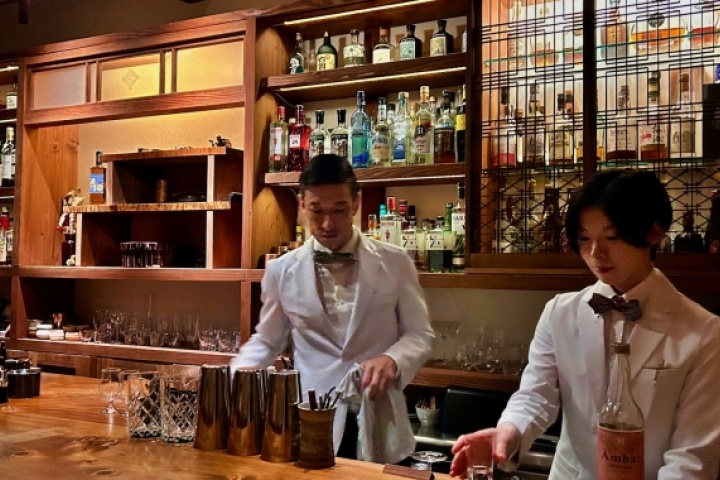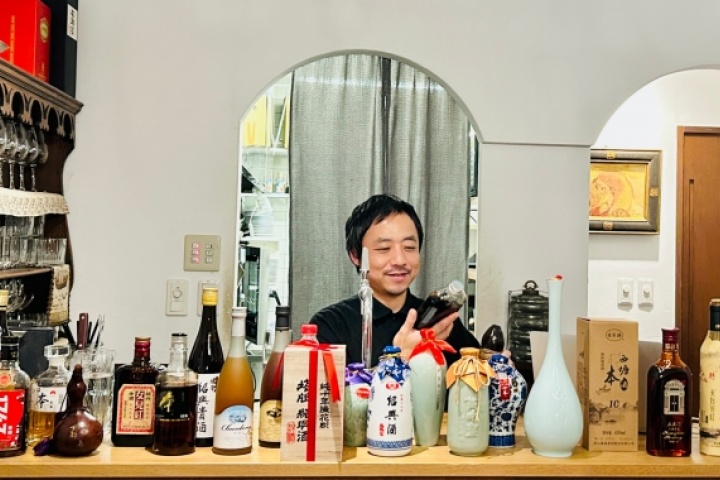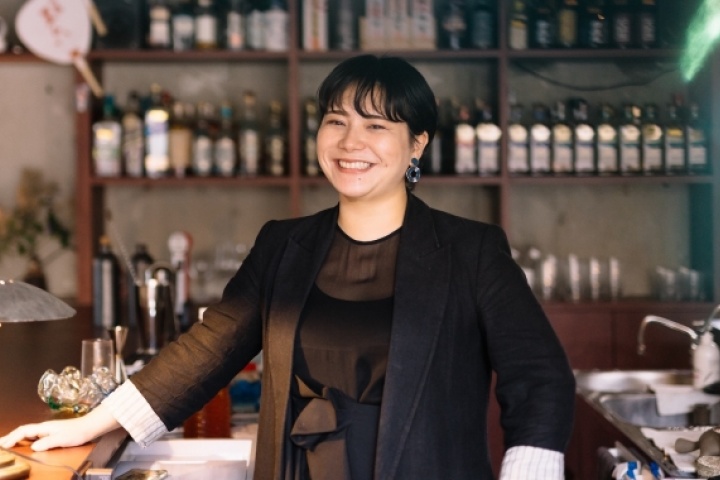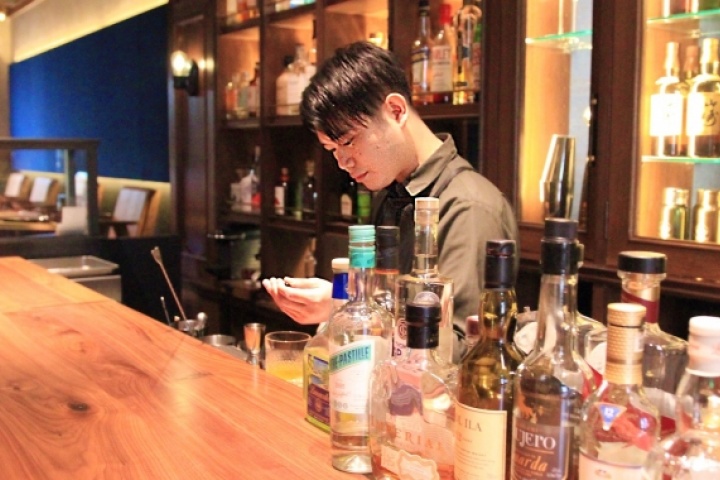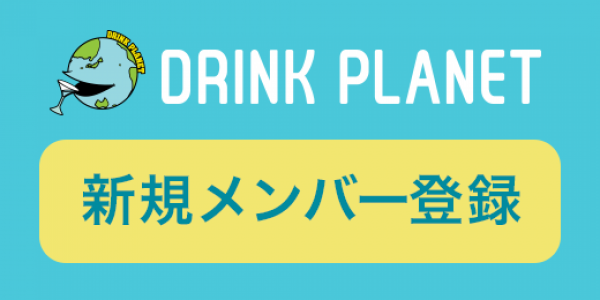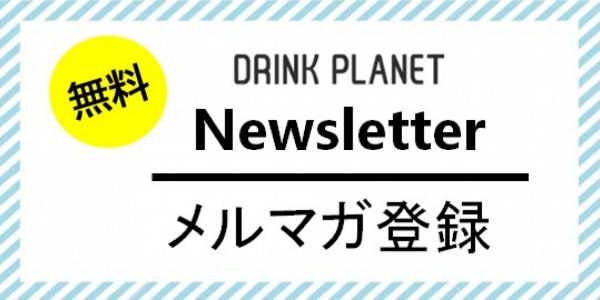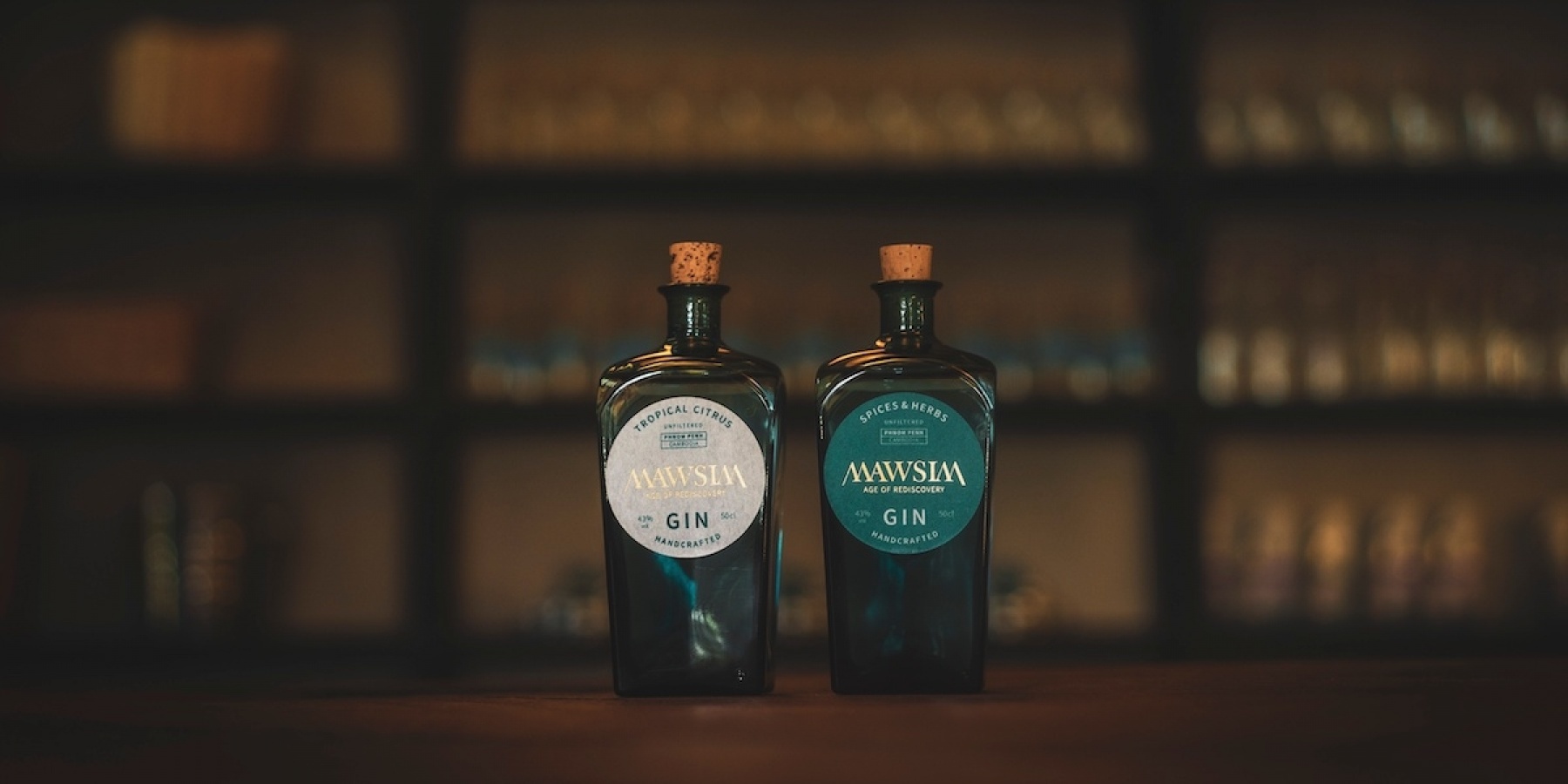
PICK UP
MAWSIM GIN
a craft gin from Cambodia, was born from a recycled resource business.
- Part 1 -
#Pick up
Hara Tomotada/原有匡 from「MAWSIM」
writer:Ryoko Kuraishi
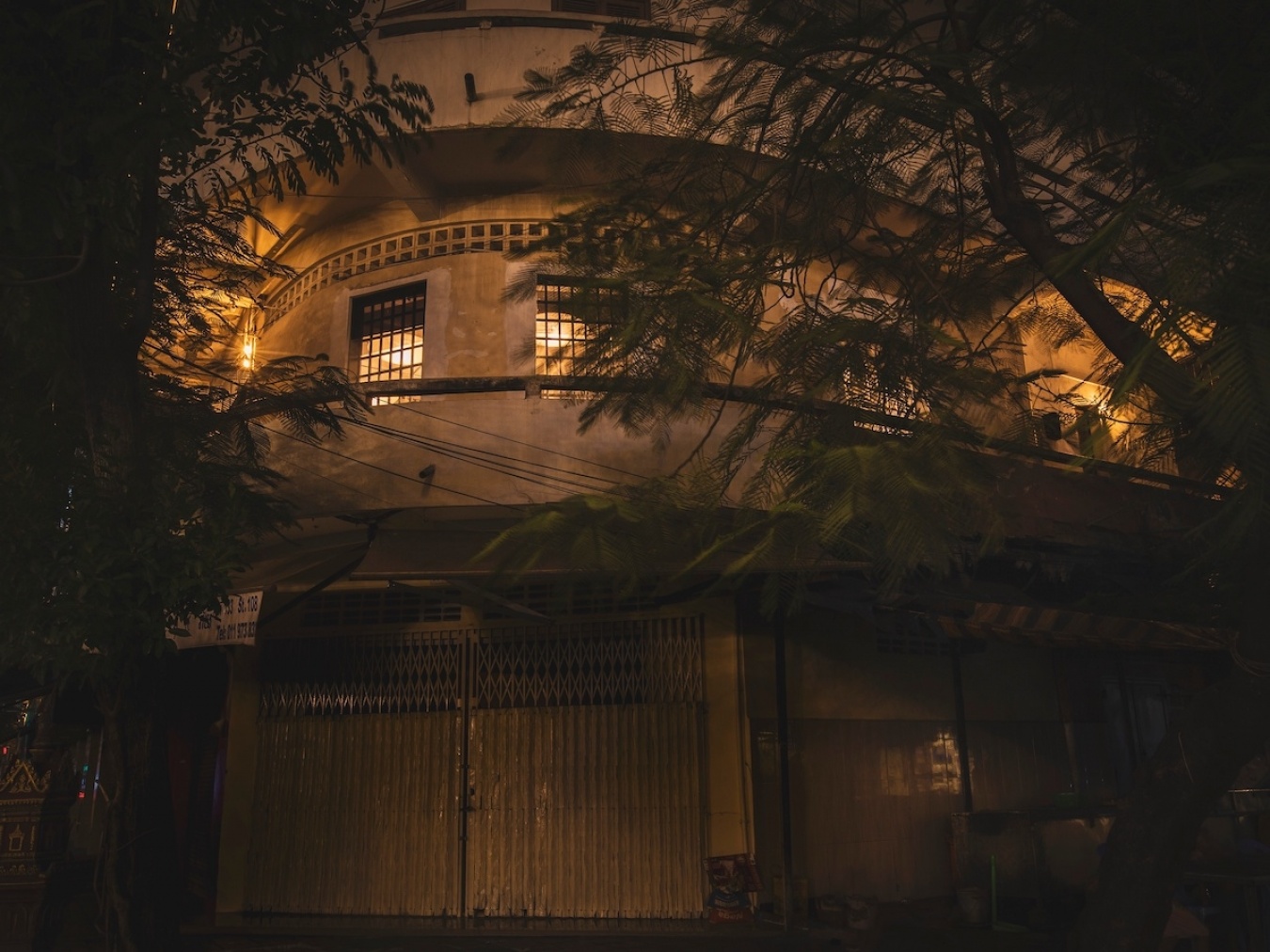
A distillery with a concept bar in an old building in the center of Phnom Penh city.
Phnom Penh, the capital of Cambodia. A distillery and bar in a corner of an old building in the center of the city is now attracting attention.
Its name is "MAWSIM. It is both the name of the distillery and the brand name of the craft gin they produce.
The current lineup is "MAWSIM GIN SPICES & HERBS" and "MAWSIM GIN TROPICAL CITRUS.
In addition to juniper berries, the botanicals used in MAWSIM GIN SPICES & HERBS include wild cardamom, fresh pepper, coriander, quina, galangal (a ginger native to Southeast Asia), ginger, cashew nuts, and lemongrass.
The "MAWSIM GIN TROPICAL CITRUS" is made with Battambang oranges (oranges native to Battambang Province, Cambodia), limes, kobudu mandarins, kumquats, pineapple, passion fruit and mango.
All botanicals are fresh from Cambodia except juniper berries.
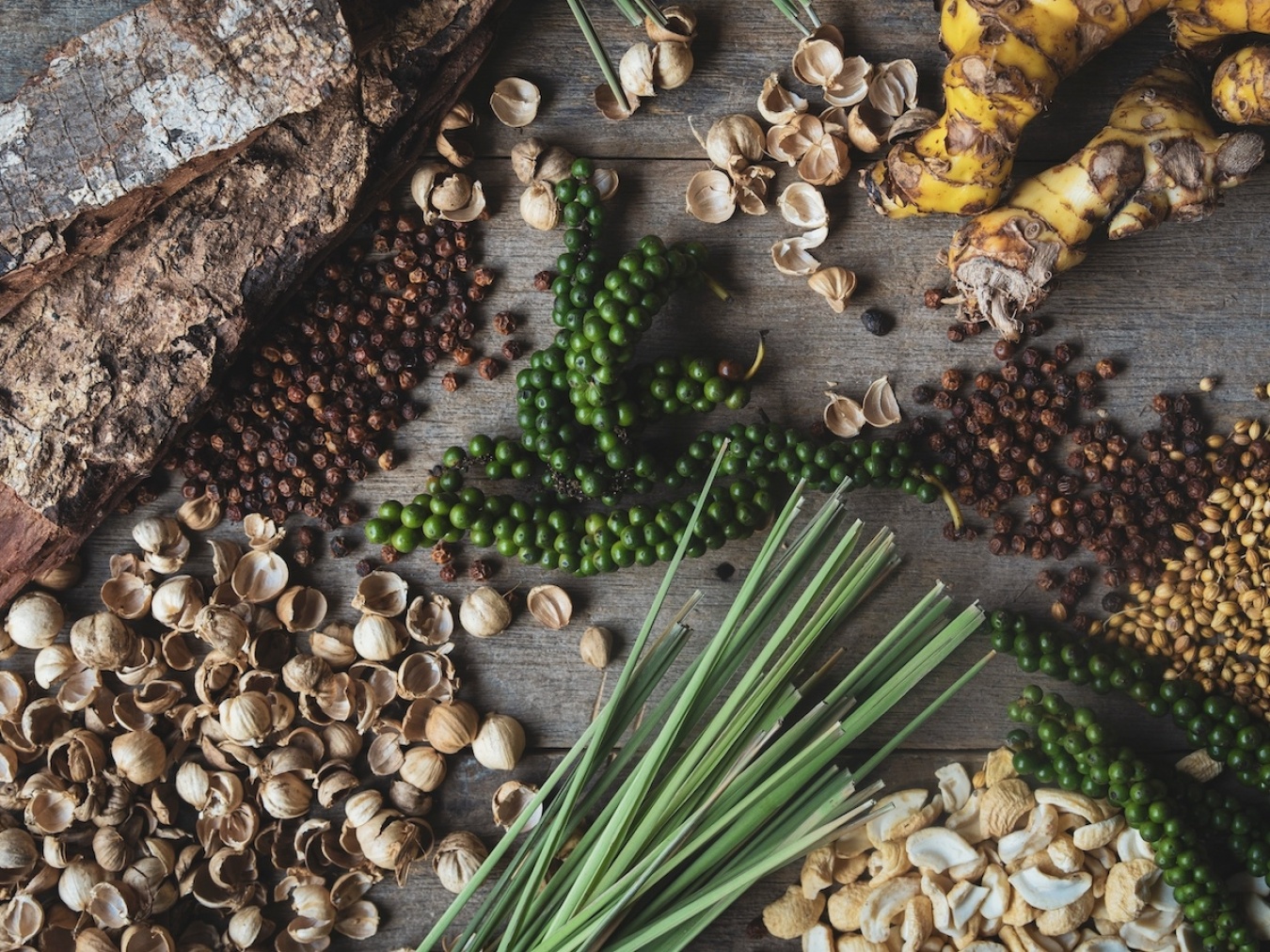
Botanicals used in MAWSIM GIN SPICES & HERBS. The fresh pepper in the center of the photo is from Mondulkiri, a highland area in eastern Cambodia. The peppers, which are incomparably rich in flesh and aroma, are grown on a contract farm in Mondulkiri using completely organic farming methods. The company also engages in fair trade with Cambodian farmers and returns the profits to the local producers.
Cambodia is a treasure trove of exotic spices & herbs
This is because 95% of the spices and herbs available in the world originate from tropical Asia. In other words, it is no exaggeration to say that there is no material that cannot be obtained in Cambodia.
Cambodia also offers a wide variety of citrus fruits and other fruits that are incomparable to those found in other areas of the world.
Most of the botanicals used in gin made in colder regions such as Europe and the United States are dried, but here you have the advantage of being able to use fresh, locally grown ingredients.
Craft gin in Cambodia" may sound surprising, but in fact, it is a way of making the most of the local advantages.
The parent company of MAWSIM, which focuses on a great location for gin making, is Sunwespa, a company that collects and wholesales recycled resources such as used paper in Gifu Prefecture.
Why would a company that handles recycled resources in Gifu Prefecture make gin in Cambodia?
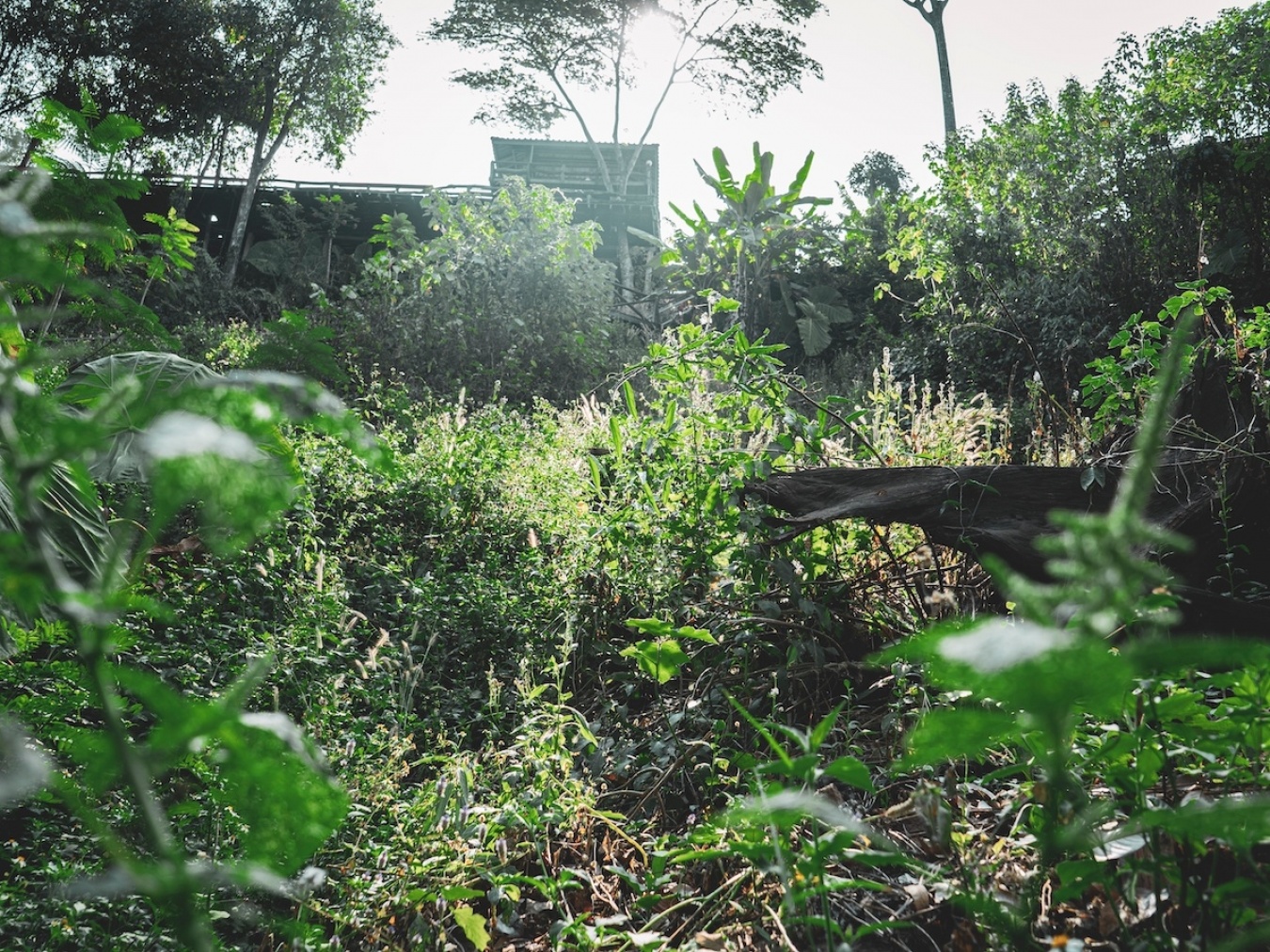
Cambodia's rainforests, rich in vegetation, which nurture botanicals essential for gin.
Cambodia's 'troublesome' into energy?
'We were originally in the business of collecting used paper and paper waste, recycling it and selling it as raw material for paper.
In Japan, almost 100% of used paper is recycled, but shredded paper waste is structurally difficult to recycle and has been discarded.
In response, we have established a technology to produce bioethanol from shredder dust.
Waste paper is made from plant fibres (cellulose), which are converted into sugar by enzymes and fermented to produce biomass-derived ethanol.
Moreover, while conventional bioethanol is derived from cereals such as corn and wheat, ethanol made from waste paper does not compete with these foodstuffs.
We see the potential of such bioethanol and are working on a project to utilise it as the energy of the future" (Mr Yu Tadashi Hara, CEO of Sanwespa).
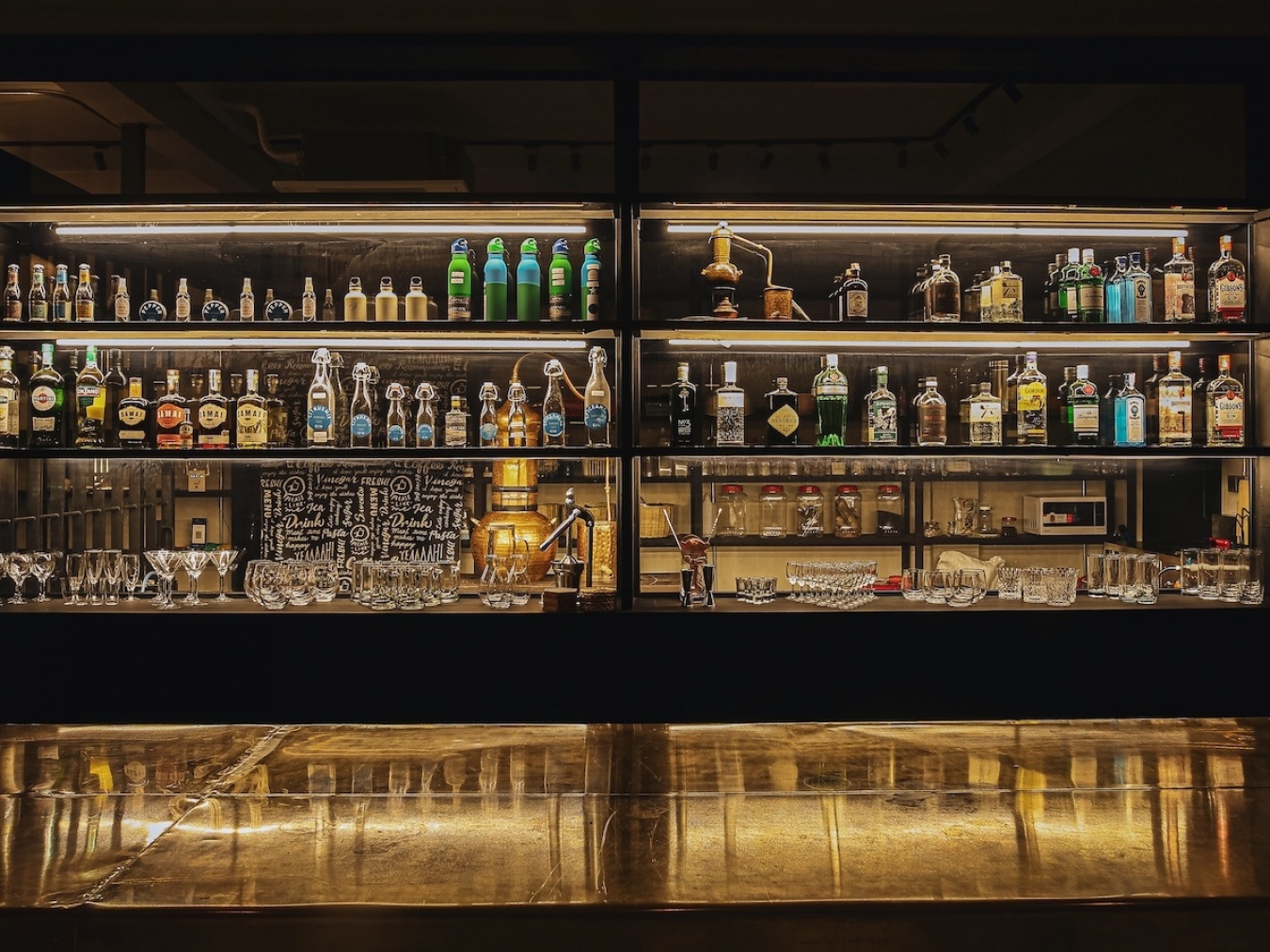
Concept bar attached to a distillery. Waste wood is also reused for tables, doors and floorboards.
However, in Japan, it faced various problems related to the Waste Disposal and Public Cleansing Act. In addition, it was difficult to add value to the recovered paper-derived energy, and the practical application of the technology remained at a standstill.
Therefore, they began to look outside Japan for new energy markets. One of the options was Cambodia.
By utilising technology to convert waste paper into bioethanol, all non-edible plants can be used as raw materials for bioethanol.
In Cambodia, they turned their attention to waterweeds, which multiply two million times (!!!) in seven months. The waterweeds can reproduce up to 2 million times (!!!) in seven months. The plant is an invasive species native to South America that threatens native species in many parts of Cambodia.
We can make bioethanol from water hyacinth and use it as fuel for boat engines, etc. ...... Don't you think there is a dream of such a future? Mr Hara said.
A project has been launched to convert Cambodia's water hazards into ethanol and use it as energy.

Mr Hara, representative of Sunwespa.
It can help solve environmental issues and give back to the community ......, so we spent a year researching it locally, but it was not profitable as it was more expensive than petrol.
Then, we thought, why not seek to convert bioethanol into energy by establishing and accompanying a more profitable business with the same bioethanol?
So what is a profitable way to utilise ethanol? The answer was beverage alcohol, or base spirits.
The value of the same bioethanol for beverage use is 100-200 times higher than for energy use.
So what can be made from this potable alcohol?
The answer was craft gin, which can easily express Cambodia's regional characteristics as a tropical Asian country.
In the second part, we will introduce the sustainable future envisioned by the makers, along with the recommended ways to drink MAWSIM GIN.
Continued in Part 2.
SHOP INFORMATION

|
 |
|---|---|
| MAWSIM | |
|
#133E1, St.108, Sk.Sras Chhork, Kh.Daun Penh, Phnom Penh TEL:+855 98 420 205 URL:https://mawsim.shop |
- Drink Planet >
- PICK UP >
- MAWSIM GIN a craft gin from Cambodia, was born from a recycled resource business. - Part 1 -
![[Drink Planet] Cocktail portal site for bartenders](/img/common/logo.png)

![[Drink Planet] Cocktail portal site for bartenders](/img/common/logo-l.png)


